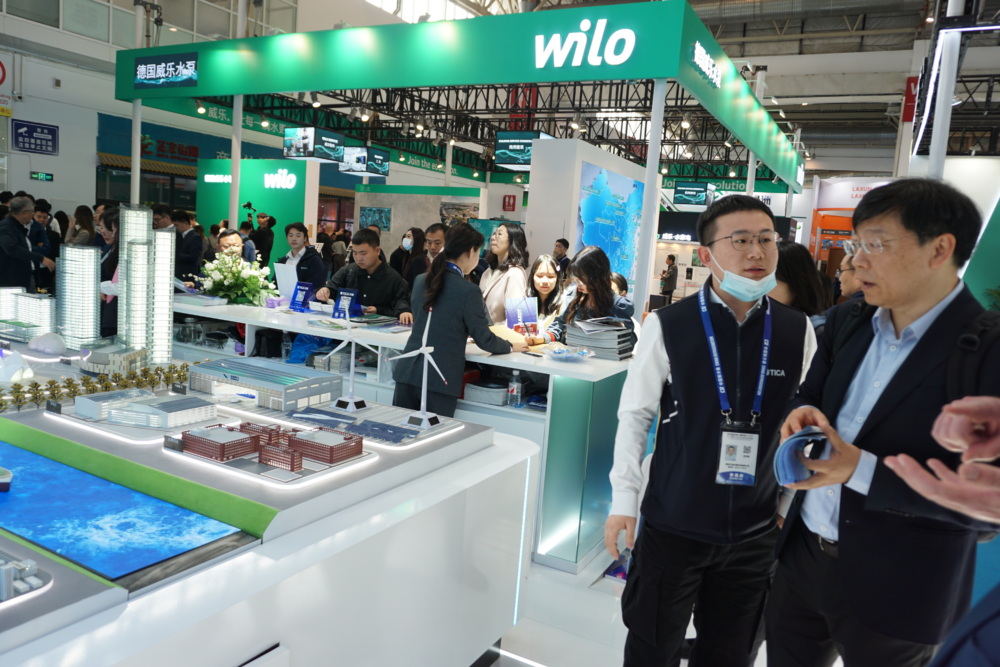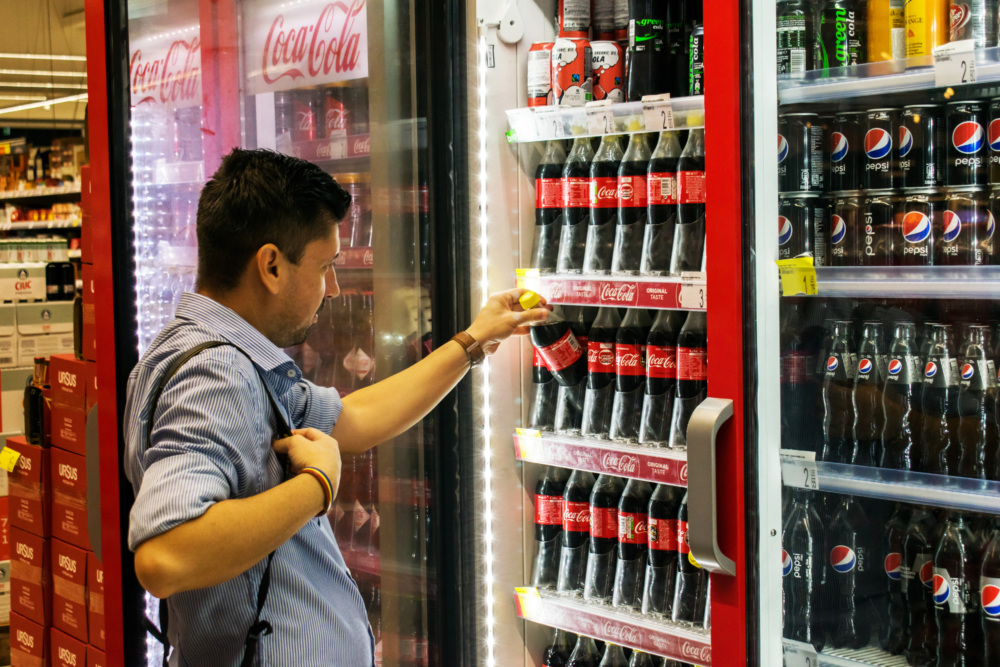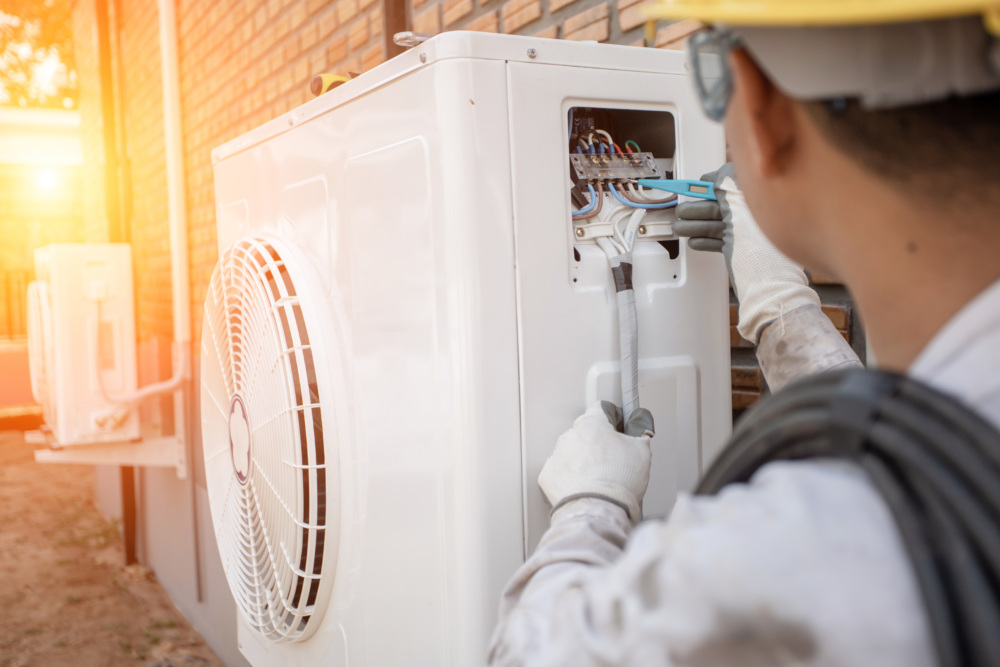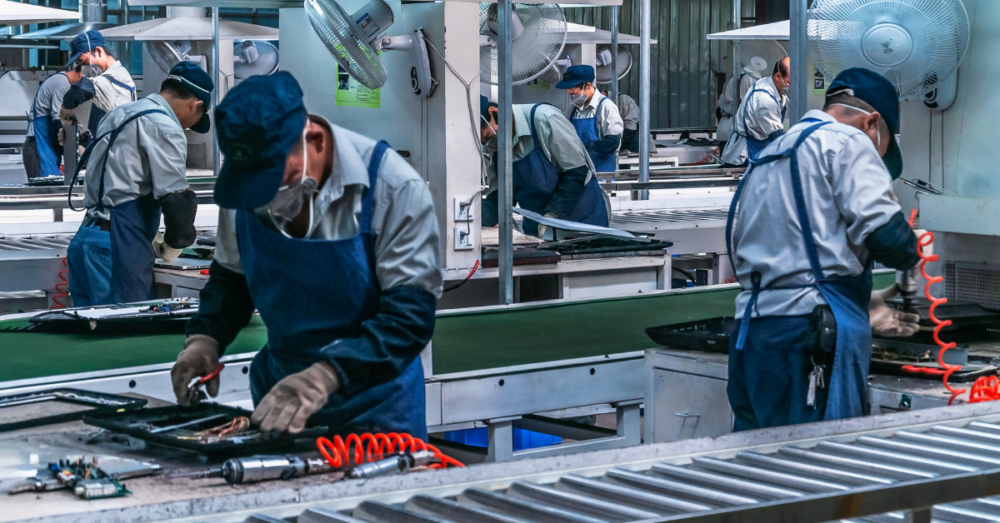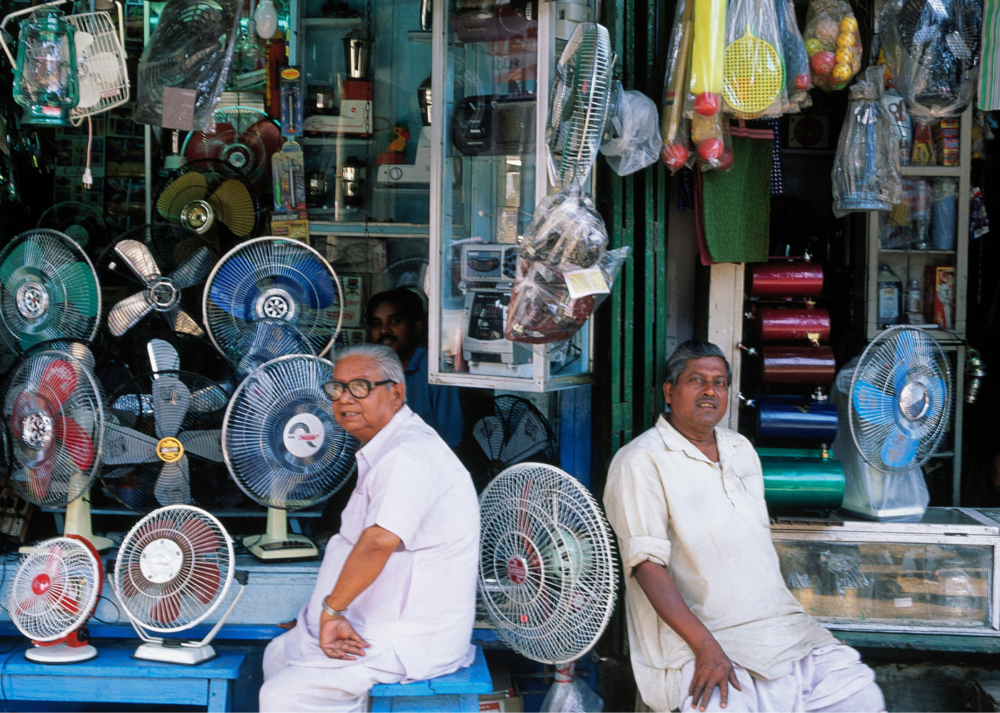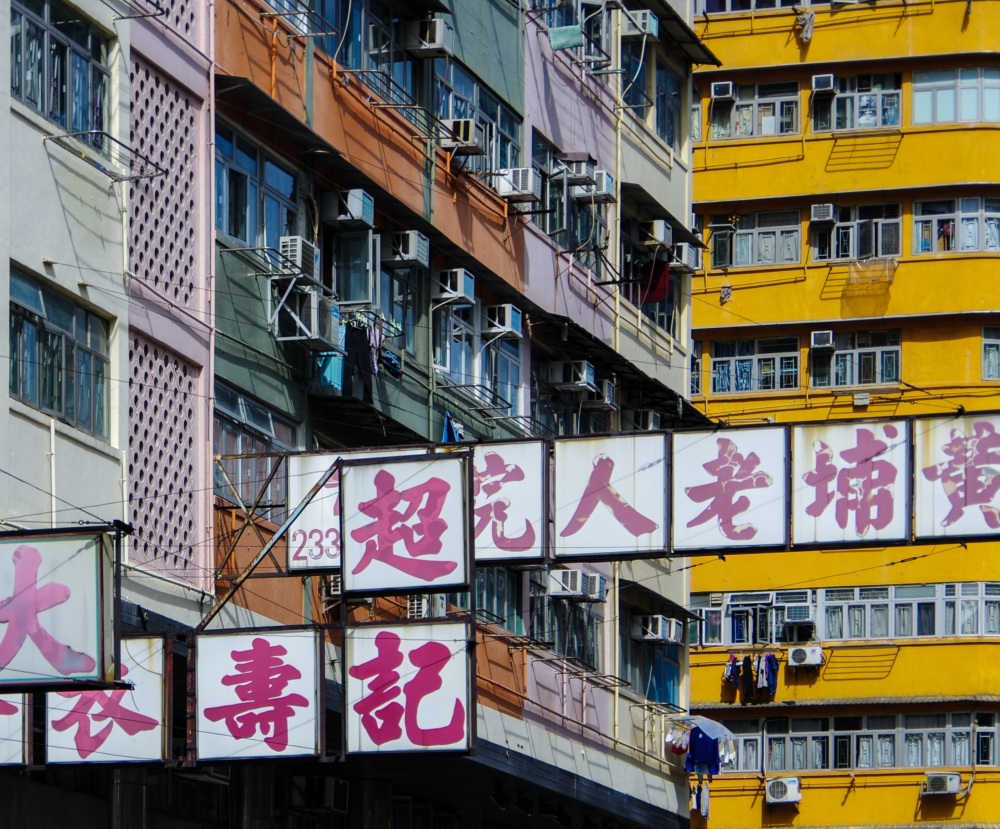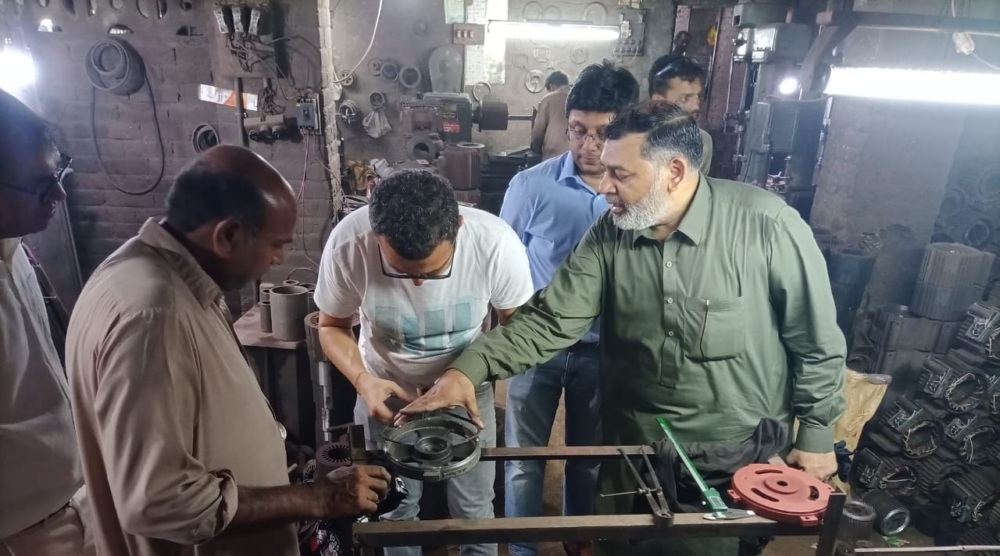Trade and Energy Efficiency Policy for Highly Efficient AC Markets
Trade policy and energy efficiency policy often influence each other. The Role of Trade Policy and Energy Efficiency Policy to Promote Highly Efficient Air Conditioner Markets, a new report by CLASP, discusses how trade policy and energy efficiency policy can work together to reduce the dumping of inefficient products in developing and emerging economies and promote market transformation towards highly efficient ACs. The report presents several case studies assessing the impacts of trade measures that have enhanced or restricted the availability of energy efficient products in various countries.
To date, more than 80 countries have implemented energy efficiency policies, such as minimum energy performance standards (MEPS) and labeling, to regulate and improve the energy performance of the air conditioners (ACs) sold on their markets. However, numerous countries in Africa, Asia, and Latin America and the Caribbean still have not implemented any form of energy performance standard and therefore enable import of inefficient products that would be prohibited in their countries of manufacture.
Several countries have recognized the effect of tariff policy on market availability of high efficiency products and have implemented tariff exemptions for more efficient products in order to encourage their uptake. For example, tariff exemptions played a role in a shift to more efficient lighting in Caribbean Community (CARICOM) markets. Jamaica and Guyana exempted CFLs and LED lamps from tariffs and other taxes, and these more efficient lighting technologies now constitute more than 90% of the lamps offered by major retailers in the two countries and have virtually eliminated inefficient incandescent lamps from these two markets. In the Association of Southeast Asian Nations (ASEAN), tariff reductions on intra-regional trade along with regional standards harmonization have led to ASEAN markets for being dominated by ACs manufactured and traded within ASEAN, as opposed to Chinese-made ACs. Trade policies designed with energy efficiency in mind can dramatically reshape national and regional markets for the better.
However, when policymakers do not account for energy efficient impacts while developing trade policies for energy consuming products, trade policies can restrict the availability of energy efficient products. For example, Brazil’s local content requirements, designed to support local manufacturing, reduced the availability of more efficient components and ACs on the market. Similarly, Central American tariffs that were designed to protect local LED light manufacturers slowed the uptake of efficient lighting products in the region, as they increased the relative price of LEDs as compared with incandescent lights.
Trade policies can complement or hinder energy efficiency policies designed to increase uptake of efficient technologies. The Role of Trade Policy and Energy Efficiency Policy to Promote Highly Efficient Air Conditioner Markets provides recommendations on the steps policymakers can take to ensure that trade and energy efficiency policies are complementary and effective.
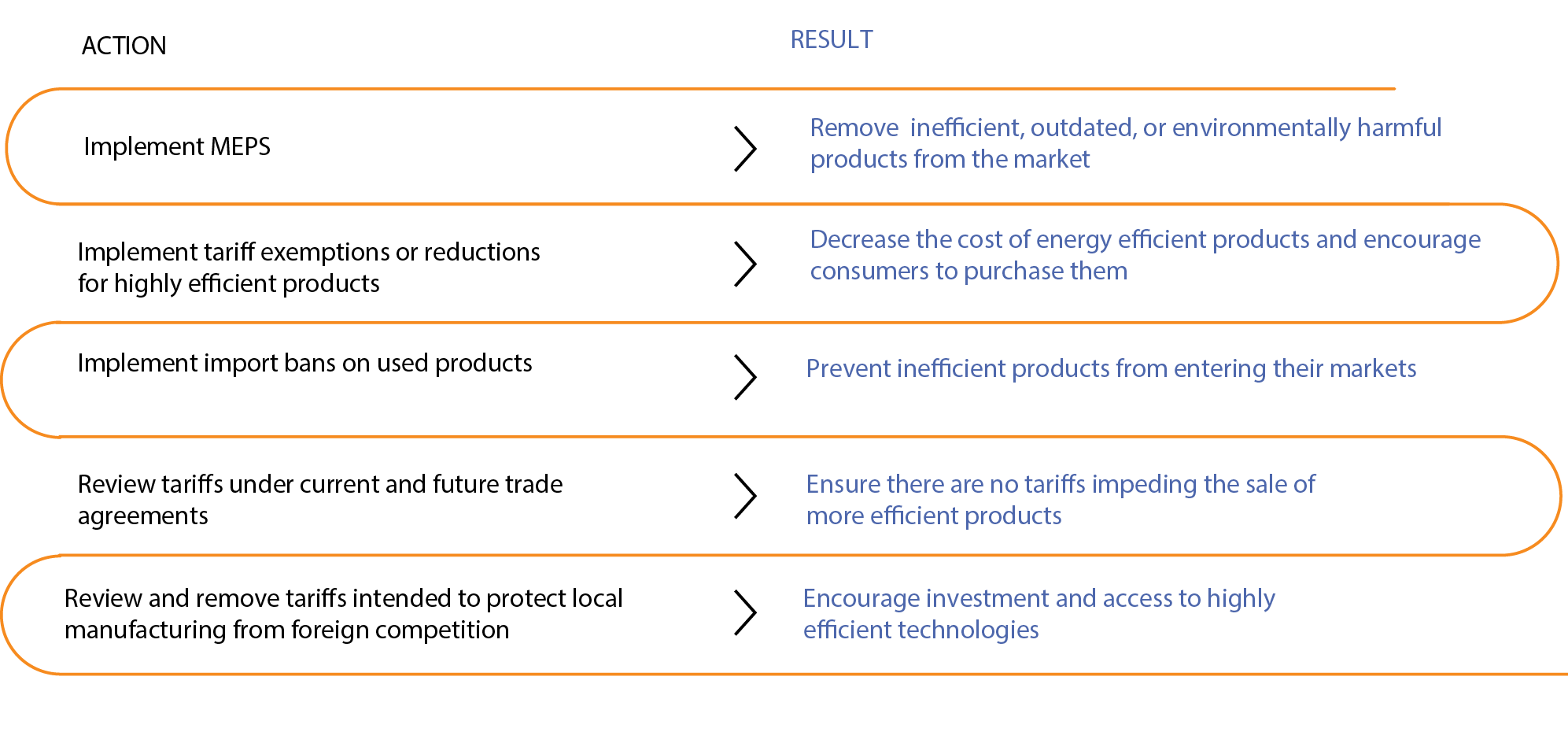
The Role of Trade Policy and Energy Efficiency Policy to Promote Highly Efficient Air Conditioner Markets was developed with support from the Institute for Governance & Sustainable Development (IGSD). Read the full report here.
CLASP supports governments to determine and implement the most ambitious and cost-effective policy solutions, drawing on global best practice and leading technical expertise. Learn more about our policy and market transformation work by visiting clasp.ngo/what-we-do/policy-analysis.


